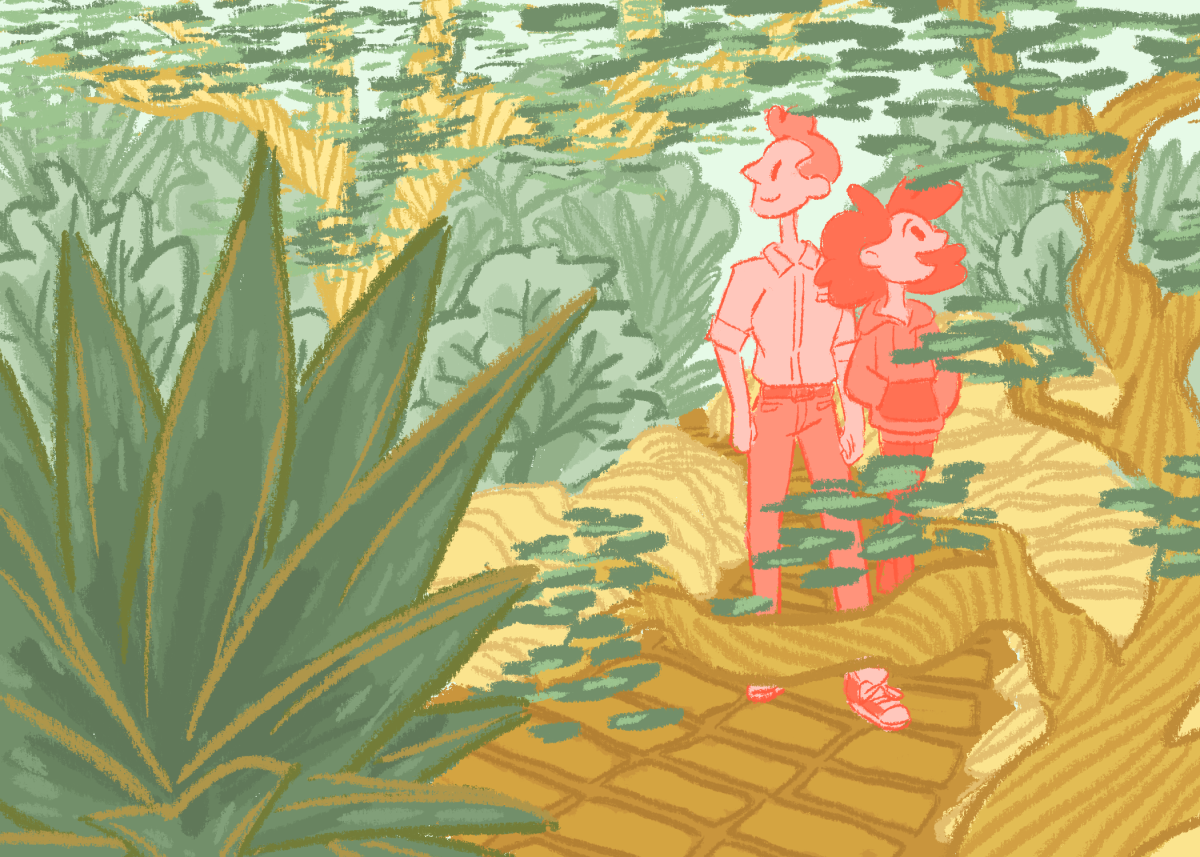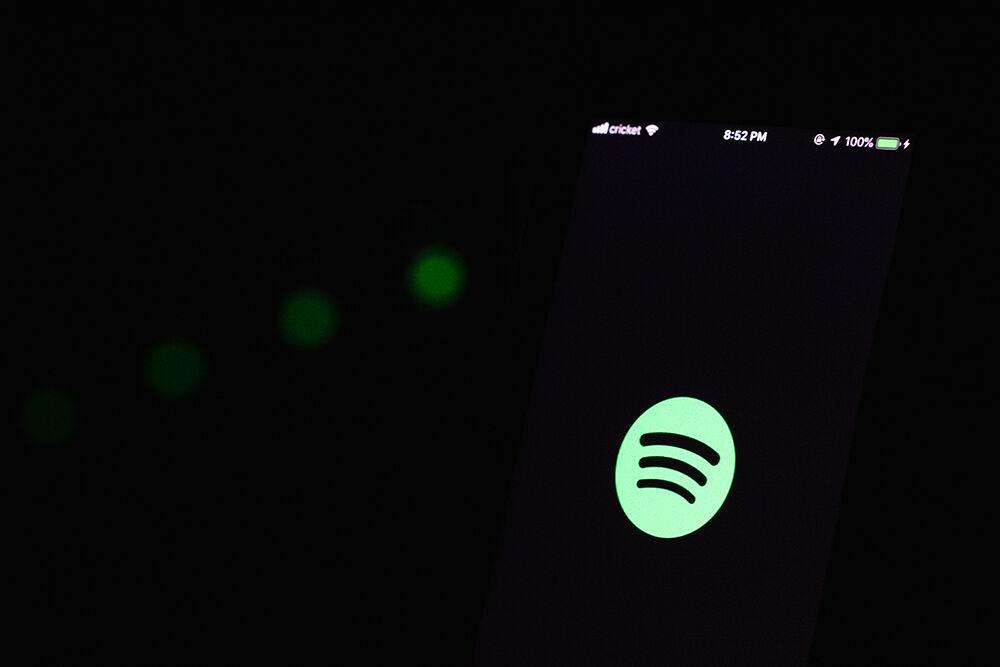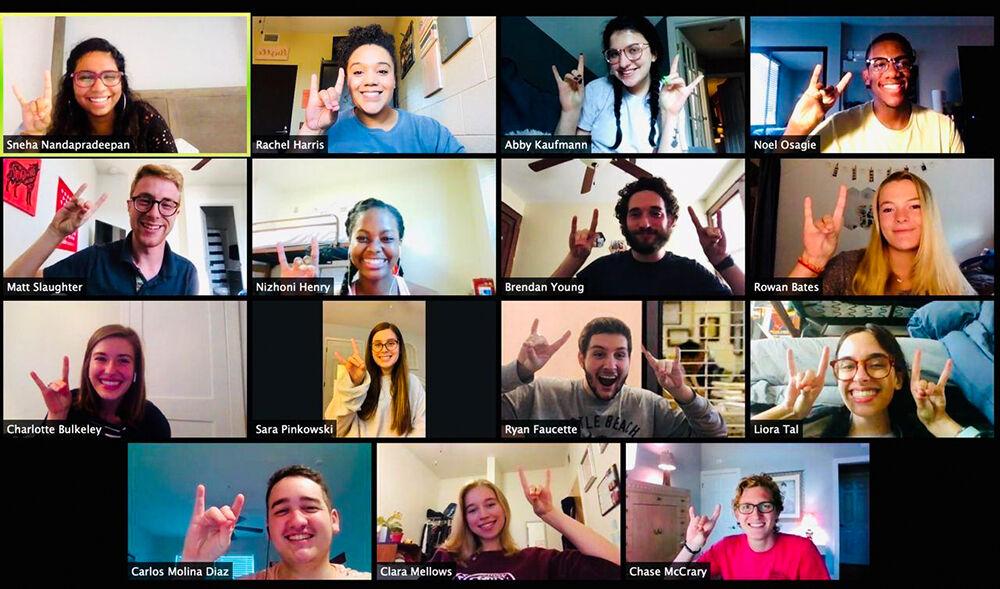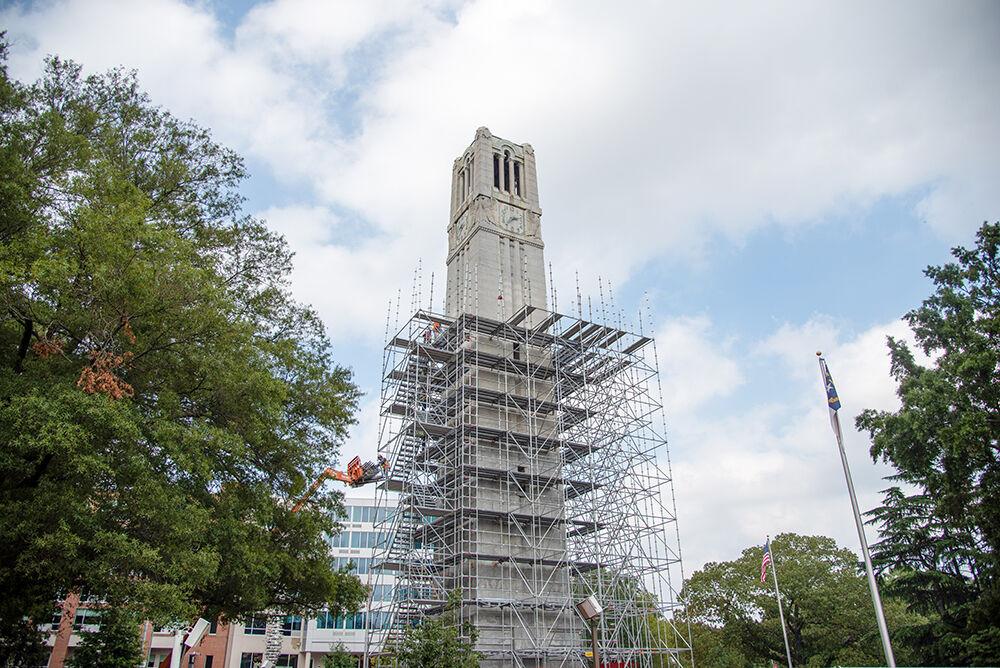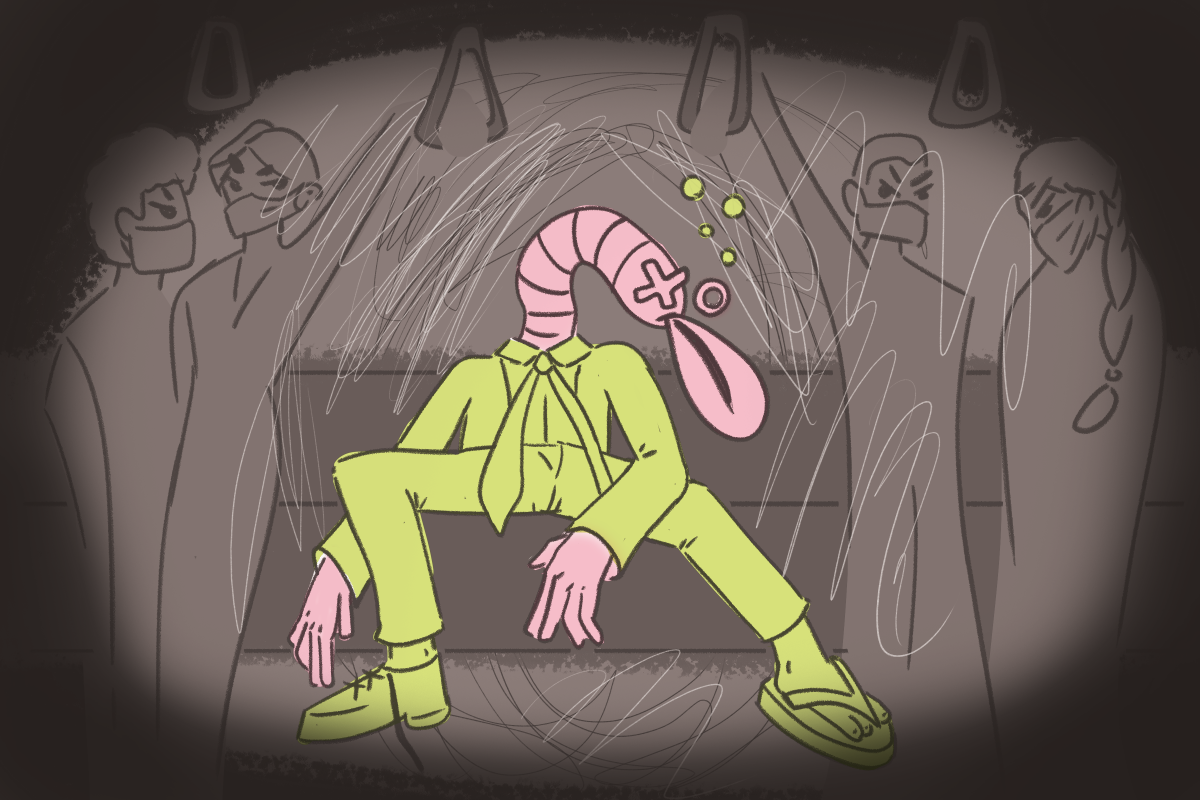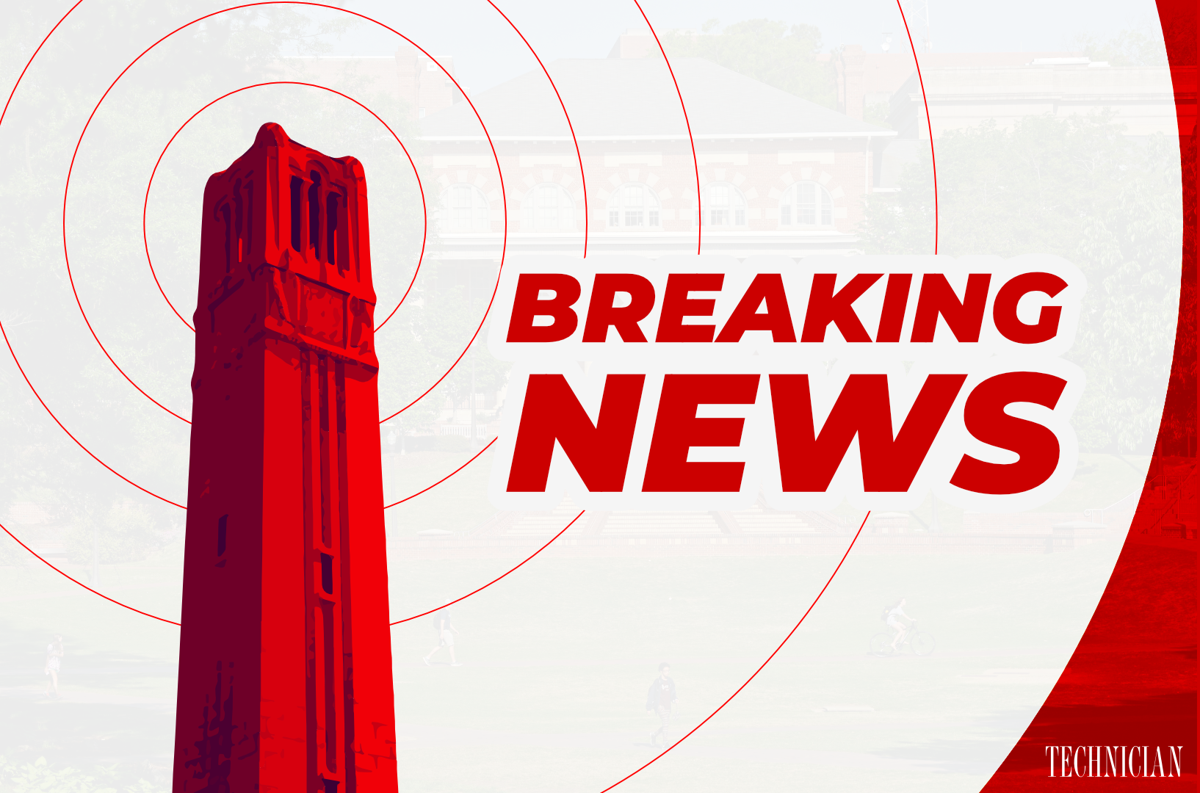Following Gov. Roy Cooper’s announcement that North Carolina would be moving into phase 2 of reopening during the COVID-19 pandemic, the North Carolina state parks were allowed to reopen with some social distancing restrictions.
Katie Hill, the public information officer for the N.C. Division of Parks and Recreation, said state parks have implemented several procedures intended to prevent the spread of the virus, including requiring all staff to wear masks, cleaning and sanitizing the restrooms regularly and closing water fountains.
Hill said during Memorial Day weekend, many parks saw a large amount of visitors, and park employees had to decide how many park-goers to let in.
“Since we have seen such high visitation over the past few weekends, the biggest challenge has been determining what is the state’s number of people to allow into the park,” Hill said. “Some parks have been allowing their parking lots to fill up. Some parks have been stopping new traffic into the park when the parking lot is three quarters of the way full or half of the way full just to try to reduce the number of people that are passing each other on the trails.”
While the parks are asking that people avoid interacting with one another, Jason Bocarro, a professor in the Department of Parks, Recreation and Tourism, believes people should still get out and exercise at the parks, especially during the pandemic.
“Just for people’s mental health, getting outside and being physically active outside, the research is pretty compelling,” Bocarro said. “We are less likely to suffer from various social, emotional, mental health issues if we engage in regular physical activity. Specifically regular physical activity outside.”
Bocarro also encourages parents to take their children to the state parks as an inexpensive “staycation” for their children this summer.
“If you were to ask many parents, they’re telling you that their children are going stir-crazy,” Bocarro said. “The opportunity to have some very positive, healthy experiences in the natural environment and the state parks and other types of parks is critical.”
Hill said the increase in people and families teleworking has allowed more flexibility for people to visit the parks at times that they normally would not, and she hopes this flexibility will allow large amounts of people to visit while being more spread out throughout the day.
“Many of our popular parks are full by 9:15 to 10:30 a.m.,” Hill said. “The best thing that people can do is arrive very early in the morning and get their fresh air in and get out before the park is full or go late in the afternoon or evening before it’s dark and before the park closes. A lot of parks are open a little after dark. You can go to the park as late as 7 or 7:30 p.m. and get a good hike in before it’s dark.”
Hill recommends visiting on a weekday, if possible, because that is when the parks are the least likely to be busy. Hill also recommends visiting some of the less well-known parks around the state. Just because they are not as famous does not mean they are not as beautiful. Bocarro recommends visiting state parks that are further from urban areas as they are less likely to be visited.
Hill personally recommends Goose Creek State Park in Washington, South Mountains State Park in Connelly Springs and Gorges State Park in Sapphire. Bocarro recommends William B. Umstead State Park in Raleigh and Chimney Rock State Park in Chimney Rock.
Hill also asks that visitors are mindful that some park’s hours may be different than usual due to the pandemic and asks that all visitors follow the governor’s three W’s.
“Wait six feet away from anyone else, even if you have to be patient,” Hill said. “Wear a face covering. It doesn’t have to be a mask. It can be a bandana or a lightweight scarf. Wash your hands or sanitize your hands frequently. Bring hand sanitizer, but our restrooms are open and we are sanitizing them frequently.”
For more information about the state parks, visit the N.C. Division of Parks and Recreation’s website.


